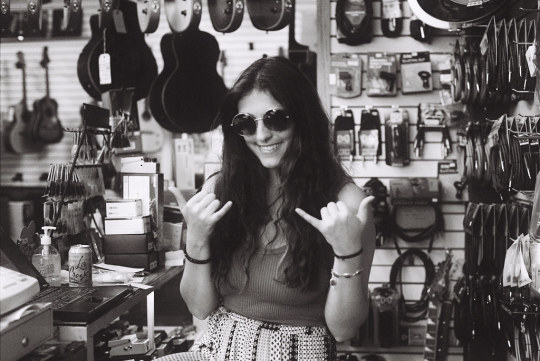#MusicalInstruments
Explore tagged Tumblr posts
Text


1962 Fender Stratocaster (USA, Olympic White, HSC)
66 notes
·
View notes
Text
Since I haven’t posted much and it’s more than halfway through September I’ll post some wips, starting with Soundwave AU design:





Full Body:

He’s supposed to be a drum machine (left).
#soundwave#transformers#decepticon#digitalart#digitaledit#picture#robot#photograph#fanart#art#cassettecarrier#aesthetic#80s#g1#cassetteplayer#80saesthetic#soundwavesuperior#autobotsinferior#x3#wip#workinprogress#unfinisedart#unfinisedartwork#wipart#sketch#sketches#transformersau#soundwaveau#drummachine#musicalinstruments
20 notes
·
View notes
Text
An ancient qin (Chinese 7-string zither), thought perhaps to be as much as a thousand years old, one of the oldest surviving Chinese instruments. This particular qin was inscribed with the words “Dragon’s Moan” - which I believe to be shown on the detail photo on the right - which is thought to have been the instrument’s name.
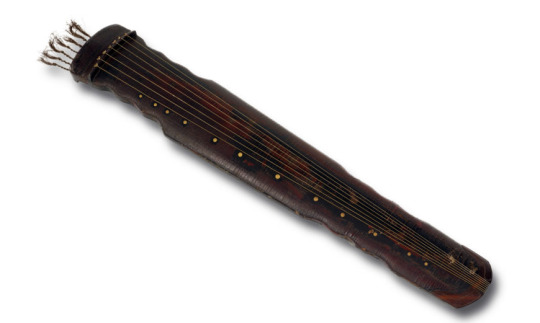

7 notes
·
View notes
Text
a unique musical instrument known for its distinctive sound. It typically resonates with a deep, rich tone when struck or rubbed, and is often used in sound therapy and meditative practices. The Sonic Stone's appeal lies in its ability to produce soothing, harmonic vibrations that can have a calming effect. Its usage varies from musical performances to wellness practices, embodying a blend of art and therapy. This instrument often has a cultural or historical significance, representing traditional craftsmanship and acoustic innovation.
#Auroville#MusicalInstruments#SoundHealing#MusicTherapy#AcousticInstruments#CulturalMusic#TraditionalInstruments#SoundArt#MusicExploration#UniqueInstruments
2 notes
·
View notes
Link
Before the 1900s, the majority of acoustic guitar strings were made of goat, sheep, or cattle intestines. #FACT
1 note
·
View note
Text
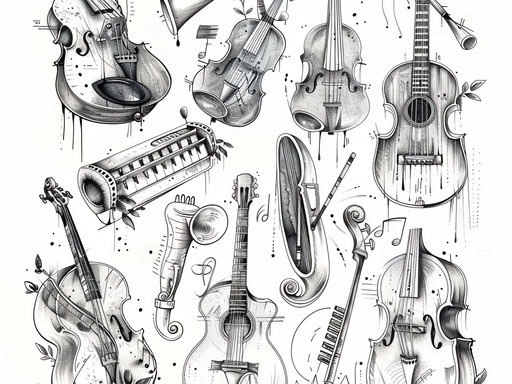
Musical instruments linework tattoos on white background
Linework Tattoo #tattoo #musicalinstruments #linework #bodyart #music #minimaliststyle #artist #blackandwhite #tattootrends #lifestyle
#artist#linework#music#tattootrends#minimaliststyle#blackandwhite#musicalinstruments#lifestyle#tattoo#Imagella
0 notes
Text
What Is a Xylophone and Where Did It Come From? History & Introduction
youtube
🎵 Ever wondered where the xylophone came from? In this fascinating video, we dive into the rhythmic world of the xylophone — exploring its ancient roots, global journey, and evolution into a modern-day musical icon! 🌍✨ From African tribal traditions to symphony stages around the world, the xylophone has a story full of surprises, culture, and sound you won't forget. Whether you're a music lover, student, or curious explorer, this video will give you a whole new appreciation for this wooden-bar wonder! 🎶 🔍 What You’ll Discover: ✅ What is a xylophone? ✅ Who invented it and when? ✅ How it spread across the globe ✅ Fun facts & modern uses! 🔥 Hit play and unlock the musical magic of the xylophone!
#Xylophone#MusicHistory#Percussion#InstrumentExplained#LearnMusic#MusicalInstruments#MusicEducation#MusicLovers#SoundOfMusic#RhythmAndBeats#ClassicalInstruments#XylophoneMusic#XylophonePlayer#InstrumentalMusic#WorldMusic#MusicCulture#MusicianLife#EducationalContent#MusicForBeginners#YouTubeMusic#Youtube
0 notes
Link
Rock and roll isn't just music; it's a cultural revolution that changed the game forever. Born in the mid-20th century, it fuses blues, country, jazz, and gospel into an electrifying sound that pushed boundaries and inspired generations. The electric guitar is the heart of it all, giving rise to iconic riffs and rebellious spirits—just think Jimi Hendrix and Chuck Berry. Drums keep the pulse alive with thunderous beats, thanks to legends like John Bonham and Keith Moon. Don’t forget the bass guitar and piano, which lay down grooves and melodies that define the genre, while the sax adds a unique touch of soul. Rock and roll is alive and kicking, continuing to evolve and inspire new sounds. Here's to the instruments that shaped a movement!
#rockandroll#musicrevolution#electricguitar#blues#country#jazz#gospel#JimiHendrix#ChuckBerry#JohnBonham#KeithMoon#classicrock#rocklegend#musicinspiration#audiovisualart#culturalimpact#musicalinstruments#saxophone#musiccommunity#genreblending#rockhistory#groovemusic#rebelliousspirit#musicalinnovation#musicallegacy
0 notes
Text
From Wood to Symphony: The Fascinating Process of Piano Making | HOW?
youtube
Have you ever wondered how pianos are made? In this video, we take you behind the scenes to see the amazing process of turning wood and metal into a beautiful musical instrument. You'll discover how expert craftsmen carefully select the best materials, shape the piano’s body, and fine-tune each part to create the rich, deep sounds we all love. From the sturdy frame to the delicate strings and hammers, every step is a mix of skill, science, and tradition. Join us as we explore the hidden world of piano making and uncover the magic behind this incredible instrument!
#howpianosaremade#pianomaking#pianomanufacturing#howitsmade#musicalinstruments#pianobuilding#engineeringmusic#pianofactory#craftsmanship#behindthescenes#pianoconstruction#instrumentmaking#musicengineering#handcraftedpiano#soundengineering#pianist#pianotutorial#pianoplayer#Youtube
0 notes
Text
Musicians : Beware of Specific Pathologies!
Intensive practice of a musical instrument exposes professional musicians to the risk of developing specific pathologies. These risks are linked to the repetitive and sometimes restrictive nature of the movements, the postures adopted, and the pressure of performance.
Musculoskeletal disorders (MSD)
These are the most frequent pathologies among musicians. They mainly affect the upper limbs (tendonitis, epicondylitis, etc.), back and neck. MSDs are caused by repetitive movements, prolonged static postures or muscular tension.
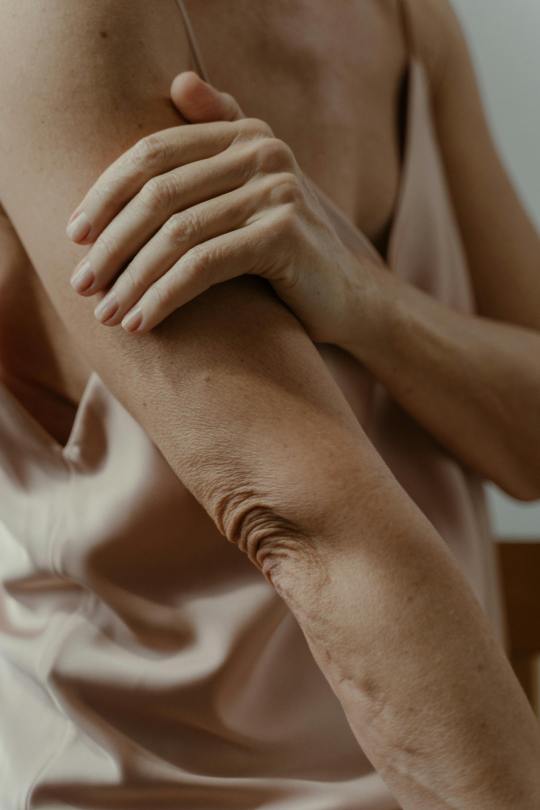
Functional dystonia (“musician's cramp”)
Also known as “musician's cramp”, this condition mainly affects string and keyboard players. It manifests as involuntary muscle contractions that make playing difficult or impossible.
Hearing problems ️
Repeated exposure to high sound levels can lead to premature hearing loss, tinnitus (whistling or ringing in the ears) or hyperacusis (increased sensitivity to sound).
Upper limb disorders
These can include nerve compression (carpal tunnel syndrome), joint pain, or skin problems linked to prolonged contact with the instrument.
Other disorders
Musicians can also suffer from back problems, vision problems, stress-related digestive disorders and psychological disorders such as performance anxiety.
Pathologies specific to certain instruments
Yes, there are pathologies specific to certain musical instruments, although most disorders are related to musical practice in general rather than to a particular instrument. These pathologies are often listed and studied in the field of arts medicine or musician's medicine.
- Functional dystonia (musician's cramp): Although it can affect all instrumentalists, it is more common among string players (violinists, guitarists, etc.) and pianists.
- Mouthpiece problems: Wind players can develop specific problems related to the use of their mouthpieces, such as irritated or sore lips, dental problems and muscular disorders.
- Carpal tunnel syndrome: Although it can affect all musicians, it is more common among pianists and percussionists, due to repetitive wrist movements.
- Tendonitis and other musculoskeletal disorders: Tendonitis and other musculoskeletal disorders can vary depending on the instrument and the specific movements involved.
Prevention and treatment
It's important to note that these pathologies are not inevitable. Preventive measures include warming up before playing, taking regular breaks, adopting ergonomic postures and practicing relaxation exercises. What's more, it's essential to consult a doctor in the event of persistent pain, in order to benefit from an appropriate diagnosis and treatment.
Go further
#Musicians#Pathologies#MusculoskeletalDisorders#MSD#FunctionDystonia#MusicianCramp#AuditiveProblems#UpperMemberDisorders#ArtsMedicine#Prevention#Treatment#MusicalInstruments#Health#Wellbeing#MusicalPerformance#Ergonomics#WarmingUp#Relaxation#PerformanceAnxiety
0 notes
Text
Protect Your Gear: The Role of Flight Cases in Secure Travel
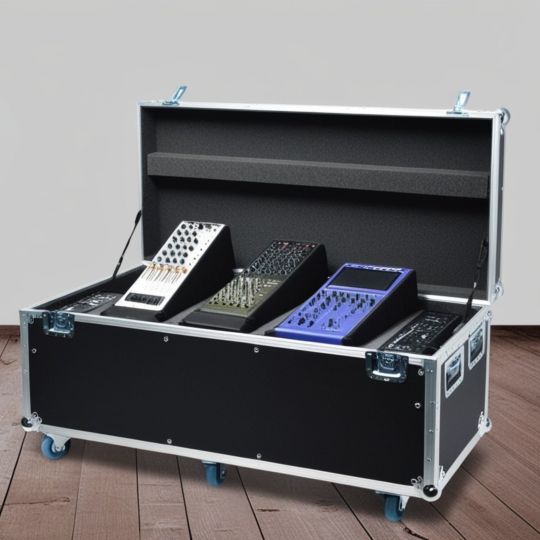
When traveling with delicate or expensive equipment, the risk of damage is always a concern. Flight cases offer a reliable solution to ensure your gear, including cameras, musical instruments, and electronics, stays safe and organized. These durable cases make traveling with valuables easier and more secure. Click the link to read the full blog and find out how a flight case can safeguard your equipment on your next trip.
#flightcases#protectivecases#travelgear#musicalinstruments#cameraequipment#travelaccessories#customflightcases#laptopcases#photographygear#durabletravelcases
0 notes
Text
Unfinished transformers comic thumbnails:

Based on this:
youtube
Line Art:




#soundwave#transformers#decepticon#digitalart#digitaledit#picture#robot#photograph#fanart#art#cassettecarrier#80s#g1#cassetteplayer#80saesthetic#soundwavesuperior#autobotsinferior#×3#wio#workinprogress#unfinisedart#wip#unfinisedartwork#wipart#sketch#sketches#transformersau#soundwaveau#drummachine#musicalinstruments
8 notes
·
View notes
Text
Emma Sparre, “At the Piano”, 1891
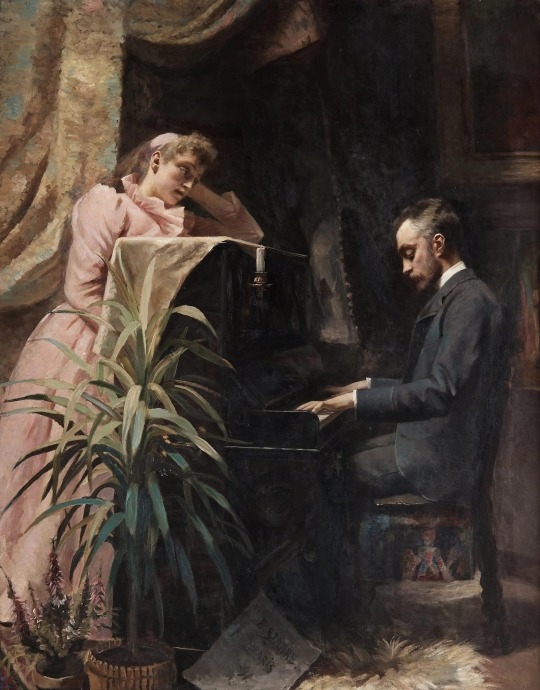
2 notes
·
View notes
Text
Accessible Hobbies: Learning an Instrument
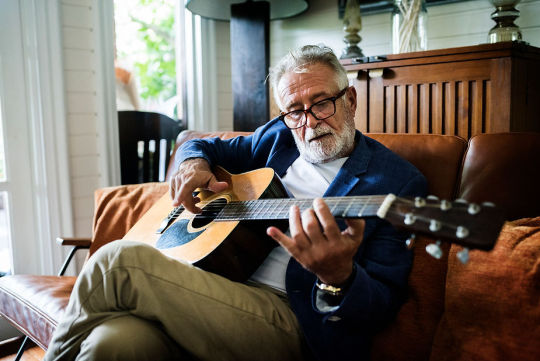
When living with a chronic illness, trying new things can be daunting, especially when it comes to finding a new hobby. In our "Accessible Hobbies" series, we will explore a variety of hobbies that are suitable for people living with long-term health conditions.
In this blog post, we will explore the benefits of learning to play an instrument and share some tips and tricks to make it as accessible as possible.
Why are hobbies important?
Research shows that people who regularly take part in hobbies feel less stressed and show fewer signs of depression. This is important for everyone, especially those living with a long-term illness.
No matter your passions, interests, or physical ability, there is a hobby for everyone. The most important thing is that it's fun and meaningful to you.
Why should I learn to play an instrument?
Studies have shown that playing a musical instrument provides therapeutic qualities. Some of the mental benefits include better communication skills, improved emotional regulation, and decreased levels of anxiety.
Research also links playing a musical instrument to enhanced memory and the capacity to solve complex tasks. Continuing to play into later life provides even greater benefits and may be one of the best ways to help keep the brain healthy.
Learning a new skill can be very rewarding. Taking a moment to reflect on your musical progress serves as a powerful reminder of your ability to learn and grow, even on days when you're not feeling your best.
There can also be social benefits to playing an instrument. Whether it's performing for family and friends, interacting with an online community, or practicing with a music teacher, music is a great way of bringing people together.
Accessibility
Learning to play an instrument is an ideal hobby for people living with long-term illnesses, due to its flexible nature. You can progress at your own pace and practice comfortably from the comfort of your own home, making it both accessible and enjoyable.
Ways to make playing an instrument more accessible:
Choice of instrument: Choose an instrument that prioritises comfort and ease of use. For example, consider a lighter acoustic guitar or ukulele to minimise physical strain, or an electric piano that you can play comfortably in bed.
Adaptive Accessories: If you have been living with a long-term illness, you may have already discovered helpful ways to avoid unwanted strain. These strategies can also be applied when learning an instrument. For example, using a supportive chair, footrest, or laptop tray while in bed.
If you are interested in playing a stringed instrument but struggle with grip issues or chronic pain, there are adaptive devices designed to help, making it easier to play comfortably and effectively.
Short Practice Sessions: Use short, manageable practice sessions to prevent fatigue. Breaking practice into smaller segments can help maintain energy levels.
Flexible Learning: Make use of online lessons that can be accessed anytime. This will allow you to learn when you are in the best possible condition with more energy and motivation.
Mindfulness and Enjoyment: Encourage a focus on enjoyment rather than perfection. Playing for relaxation and personal satisfaction can alleviate pressure and enhance the experience.
Getting Started
Finding the right instrument
When learning an instrument, the most important factor is to choose one that genuinely interests you. Another key consideration is the price.
Don't hesitate to buy used instruments when starting a musical hobby; new instruments can be quite expensive. Reputable music stores often provide setup services and warranties for pre-owned items, so you can feel confident about your purchase.
The price range for used musical instruments can vary widely depending on several factors, including the type of instrument, brand, condition, and age. Here’s a general overview of typical price ranges for various categories:
Guitars:
Acoustic: £100 - £800+
Electric: £150 - £1,500+
Keyboards/Pianos:
Digital pianos: £100 - £1,000+
Synthesizers: £150 - £2,000+
Strings (violins, cellos, etc.):
Beginner violins: £200 - £600
Intermediate to advanced: £800 - £3,000+
Brass/Woodwind Instruments:
Trumpets: £150 - £1,000+
Clarinets: £100 - £1,500+
Flutes: £150 - £2,000+
Percussion Instruments:
Drum kits: £200 - £1,500+
Hand drums (like cajóns or djembe): £50 - £300
Miscellaneous Instruments:
Ukuleles: £30 - £300+
Harmonicas: £20 - £100
What's the best way to learn?
With free online tutorials available, learning a new instrument has never been easier. If you enjoy making music, you can also explore paid online or in-person courses that cater to all skill levels.
Final note
I hope after checking out this blog, readers will feel inspired to pick up a new creative hobby or rekindle an old one from the past. It's important to remember that even though you are living with limitations, they create a unique space to find joy in the small things. Those limitations might just help you stumble upon a new passion you never would have discovered otherwise.
For more accessible hobby ideas, Click Here.
#health#accessibledaytrips#wellness#hobbies#accessiblehobbies#music#writing#instruments#musicalinstruments
0 notes

